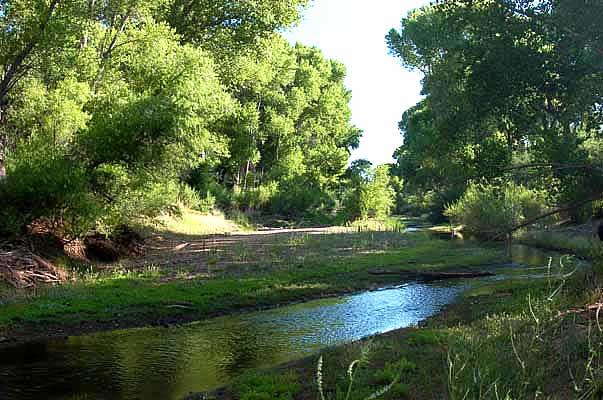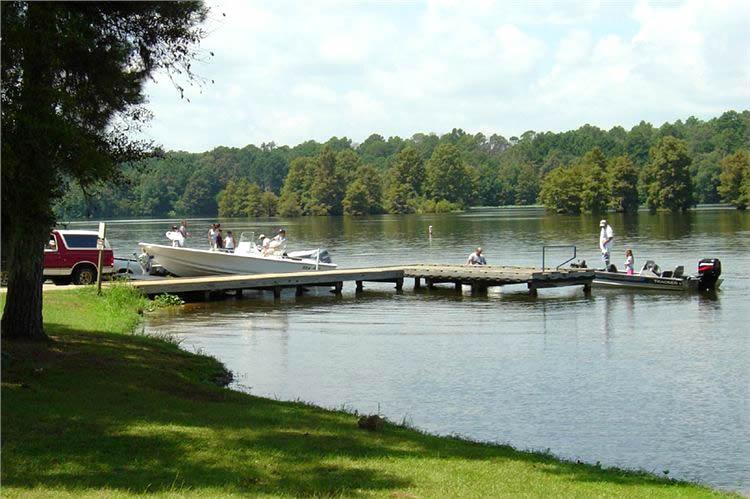Documents Related to the Clean Water Rule
- The final Clean Water Rule
- Media
- Webinars
- Fact sheets
- Streams and wetlands
- Additional information
- Public comments
- Background information
The final Clean Water Rule:
- The final rule
- New definition of "Waters of the United States" at 40 CFR 230
- Technical Support Document for the Clean Water Rule: Definition of Waters of the United States
- Economic Analysis of the EPA-Army Clean Water Rule
- Environmental Assessment
- Response to Comments
Media
- Press release
- Video about the Clean Water Rule
- Op-Eds and Editorials about the Clean Water Rule
- Blog: Reasons We Need the Clean Water Rule
- Blog: Protecting Regional Waters
- Blog: Protecting Clean Water While Respecting Agriculture
- Statements on the Clean Water Rule
Webinars:
Fact Sheets:
Streams and Wetlands:
- Map of seasonal and rain-dependent streams
- Map of county-by-county drinking water data
- General information on streams
- General information on wetlands
Additional Information:
- Memoranda Regarding Implementation of the Clean Water Rule
- Technical Questions and Answers for Implemention of the Clean Water Rule
- Statement on the Relevance of Recent Court Rulings
- Search for approved jurisdictional determinations issued under the Rule
- People and organizations requesting clarification of "Waters of the United States" by rulemaking
- Report on state legal constraints by Environmental Law Institute Exit
- Final report: Connectivity of Streams and Wetlands to Downstream Waters: A Review and Synthesis of the Scientific Evidence
- Blog post about the final connectivity report
- Science Advisory Board review of the draft report(140 pp, 1.4 MB)
- Science Advisory Board Consideration of the Adequacy of the Scientific and Technical Basis of the Proposed Rule(9 pp, 61 K)
- Economic Analysis of Proposed Revised Definition of Waters of the United States
- Summary of small entity outreach
- Local Government Advisory Committee letter to the Administrator on Proposed Rule (3 pp, 430 K)
- Local Government Advisory Committee Report: Initial Findings and Recommendations Pertaining to EPA's Clean Water Act Waters of the U.S. Proposed Rule (105 pp, 3.3 MB)
Public Comment Period:
The public comment period closed Friday, November 14, 2014.
Background Information:
Current Guidance on Waters of the U.S.
(Please note: in response to the temporary stay on implementation of the Clean Water Rule, EPA and the Department of Army resumed nationwide use of the agencies’ prior regulations, as clarified by the 2008 Rapanos and 2003 SWANCC guidance documents; see the Clean Water Rule litigation statement.)
- Clean Water Act Jurisdiction Following the U.S. Supreme Court's Decision in Rapanos v. United States & Carabell v. United States - December 2, 2008 (PDF)(13 pp, 1 MB)
- Questions and Answers Regarding the Revised Rapanos & Carabell Guidance (PDF)(3 pp, 77 K, About PDF)
- June 2007 Legal Memorandum (PDF) discussing Clean Water Act Jurisdiction Following the U.S. Supreme Court Decision in Rapanos v. United States & Carabell v. United States(12 pp, 288 K)
- June 2007 Memorandum of Agreement (PDF) regarding Coordination on Jurisdictional Determinations under Clean Water Act Section 404 in Light of the SWANCC and Rapanos Supreme Court Decisions(7 pp, 117 K)
- For additional information, consult the Army Corps of Engineers Regulatory Program
- January 2003 Legal Memorandum discussing the scope of the Clean Water Act jurisdiction in light of the SWANCC ruling and related court decisions
- June 24, 2016 Memorandum providing interim guidance to field staff in light of the Hawkes ruling in the Supreme Court
Relevant Information about Water
- Analysis of Drinking Water Provided by Intermittment, Ephemeral and Headwater Streams
- Journal of the American Water Resources Association's featured collection on the hydrological connectivity of headwater streams and their contributions to the integrity of downstream waters Exit
- Environmental Law Institute's Clean Water Jurisdictional Handbook (Second Edition) provides an analysis of relevant case law, compilation of related scientific studies, and ELI's set of jurisdictional checklists Exit
- Field Operations Manual for Assessing the Hydrologic Permanence and Ecological Condition of Headwater Streams
- The Ecological and Hydrological Significance of Ephemeral and Intermittent Streams in the Arid and Semi-arid American Southwest
- NatureServe's Biodiversity Values of Geographically Isolated Wetlands Exit
- Special Issue of the Journal Wetlands on isolated wetlands
- Ducks Unlimited Report entitled The SWANCC Decision: Implications for Wetlands and Waterfowl Exit
- U.S. Fish and Wildlife Service Report entitled Geographically Isolated Wetlands: A Preliminary Assessment of their Characteristics and Status in Selected Areas of the United States
Legal Background on Waters of the U.S.
- Supreme Court decision in Rapanos v. U.S. and Carabell v. U.S. - June 19, 2006 (PDF) (104 pp, 787K)
- Post-Rapanos Caselaw on "Waters of the United States" (PDF) (3 pp, 27K)
- Supreme Court decision in Solid Waste Agency of Northern Cook County v. U.S. Army Corps - January 9, 2001 (PDF) (41 pp, 227K)
- Supreme Court decision in United States v. Riverside Bayview Homes, Inc. - December 4, 1985 (PDF) (10 pp, 161K)
Agriculture
Longstanding Prior Regulatory Definition of Waters of the U.S.
(Please note: in response to the temporary stay on implementation of the Clean Water Rule, EPA and the Department of Army resumed nationwide use of the agencies’ prior regulations; see the Clean Water Rule litigation statement.)
40 CFR 230.3(s) The term waters of the United States means :
- All waters which are currently used, or were used in the past, or may be susceptible to use in interstate or foreign commerce, including all waters which are subject to the ebb and flow of the tide;
- All interstate waters including interstate wetlands;
- All other waters such as intrastate lakes, rivers, streams (including intermittent streams), mudflats, sandflats, wetlands, sloughs, prairie potholes, wet meadows, playa lakes, or natural ponds, the use, degradation or destruction of which could affect interstate or foreign commerce including any such waters:
- Which are or could be used by interstate or foreign travelers for recreational or other purposes; or
- (From which fish or shellfish are or could be taken and sold in interstate or foreign commerce; or
- Which are used or could be used for industrial purposes by industries in interstate commerce;
- All impoundments of waters otherwise defined as waters of the United States under this definition;
- Tributaries of waters identified in paragraphs (s)(1) through (4) of this section;
- The territorial sea;
- Wetlands adjacent to waters (other than waters that are themselves wetlands) identified in paragraphs (s)(1) through (6) of this section; waste treatment systems, including treatment ponds or lagoons designed to meet the requirements of CWA (other than cooling ponds as defined in 40 CFR 423.11(m) which also meet the criteria of this definition) are not waters of the United States.
Waters of the United States do not include prior converted cropland. Notwithstanding the determination of an area’s status as prior converted cropland by any other federal agency, for the purposes of the Clean Water Act, the final authority regarding Clean Water Act jurisdiction remains with EPA.


